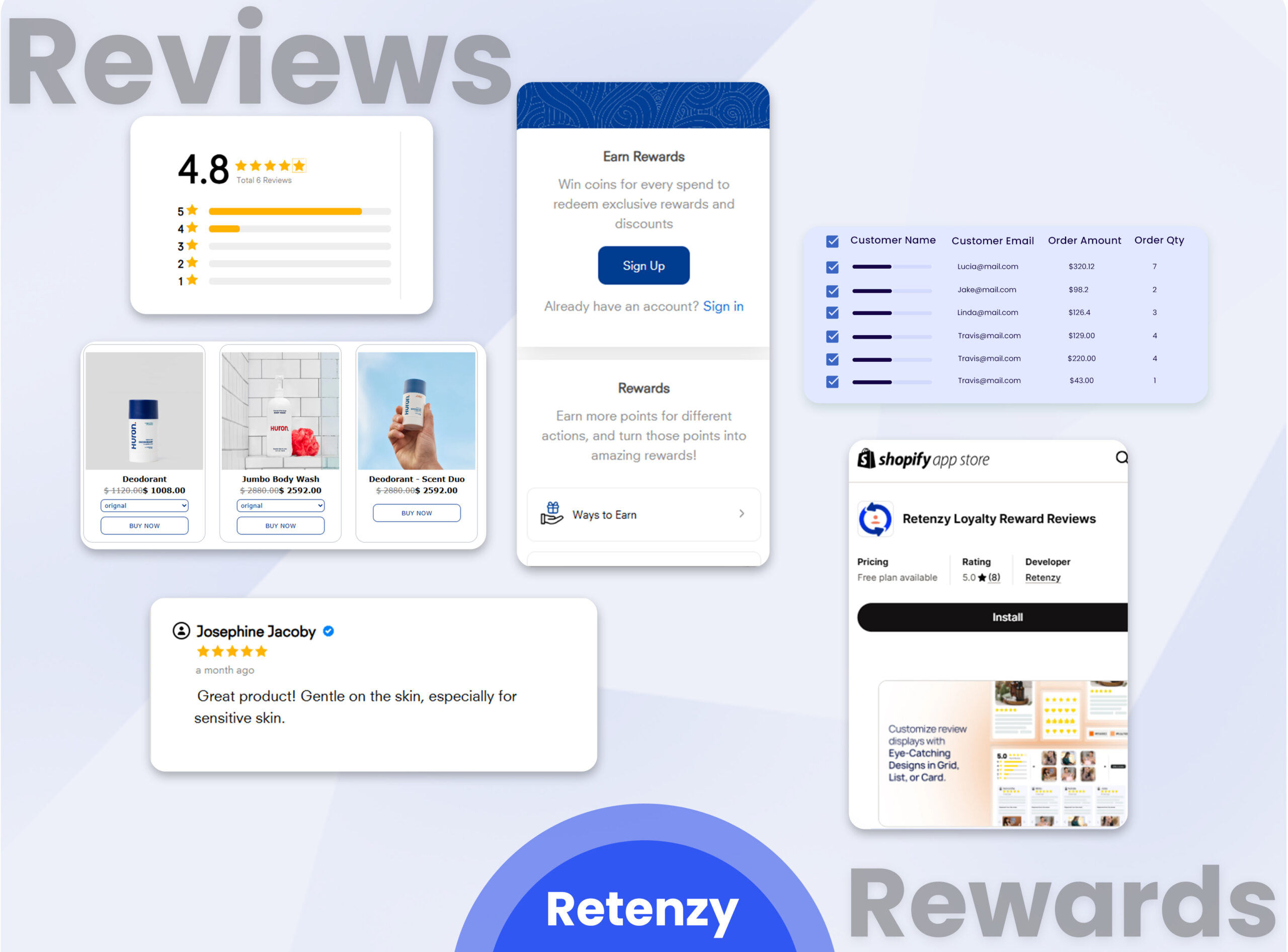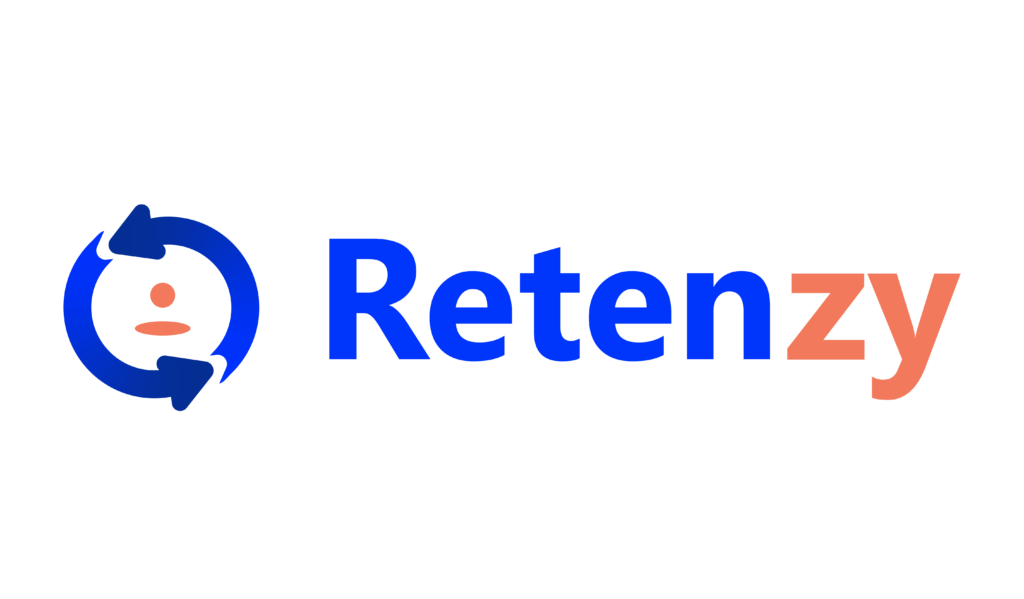Looking to scale your eCommerce brand without breaking the bank? Affiliate Marketing might be your golden ticket. It’s a powerhouse strategy where you team up with promoters affiliates to drive sales, paying only when results roll in. In the U.S. alone, affiliate marketing spending is projected to hit $13 billion by 2025 (based on trends from Statista, proving it’s a must-know tool in today’s digital world. Plus, 90% of brands worldwide swear by it as part of their marketing mix.
In this guide, we’ll unpack what affiliate marketing is, why it’s a game-changer for eCommerce, and how to use the best affiliate programs to skyrocket your growth. Whether you’re a newbie or tweaking an existing setup, you’ll find actionable tips to increase your online store.
What Is Affiliate Marketing?
Affiliate marketing is simple: it’s performance-based marketing where eCommerce brands partner with affiliates (think bloggers, influencers, or websites) to promote products. Affiliates earn a commission for every sale,generate leads. or action they deliver. It’s low-risk, high-reward, and perfect for scaling.
Key players involved:
- Merchants (eCommerce Brands): These are the businesses that want to promote their products. They provide the products or services and compensate affiliates for their marketing efforts.
- Affiliates: These are persons, or companies, who promote merchant products through many different channels, including blogs, social media, and websites.
- Consumers: Those customers who, by clicking affiliate links, purchase products sold by an affiliate.
Affiliate marketing progressed from the simple referral link, and presently encompasses various types of tools, platforms, and advanced tracking technologies. It is greatly enhanced by the best affiliate marketing programs introduced into the marketing process for better targeting, optimization, and performance tracking.

Exploring Different Commission Structures
Strategically devised commission structure is one of the critical components of affiliate marketing that has determined how affiliates will be paid for their sale and marketing efforts. Depending on the product and sales opportunity, there are various commission structures, each with its advantages.
Pay-per-sale (PPS)
Affiliates are lent a commission when a customer makes the purchase based on their referral. This is the most common kind of model and is the most widely used model for eCommerce brands.
Pay-per-click (PPC)
Affiliates will be paid according to the number of clicks on their referral link, irrespective of whether the sale has occurred or not. Such a model mostly suits industries like online advertising and search engines.
Pay-per-lead (PPL)
Affiliates are paid a commission if a referred user carries out a specific activity such as signing up for a newsletter, downloading a free trial, or submitting their contact details.
Commissions typically range from 5% to 20%, depending on your niche—think higher for luxury goods, lower for mass-market items. Top affiliate programs analyze data to fine-tune these rates, ensuring you pay for what works.
 Types of Affiliates and Their Roles in the Ecosystem
Types of Affiliates and Their Roles in the Ecosystem
Multiple types of affiliates exist in the ecosystem, each playing a distinct role in bringing traffic and generating sales:
Bloggers and Content Creators
These affiliates produce written content, reviews, or tutorials showcasing products, often with affiliate links. This category is strong in imparting information and building trust among its audiences.
Influencers
Social media influencers with a significant following promote products to their audiences via posts, videos, or stories. Their role is vital in reaching the younger social, savvy audience.
Search Affiliates
The affiliates here put their effort into generating traffic through search engine optimization (SEO) and paid search advertising (PPC). They utilize keywords and paid ads to attract potential customers to a merchant’s website.
Every affiliate type has its pros and cons: bloggers may create good content but be slow to convert sales, while influencers can create almost instant engagement but rarely create value in the long term. It is very important that an affiliate strategy dovetails with the most appropriate type of affiliate for your brand..
The best affiliate marketing programs are able to help brands identify high ROI affiliates and good content, thus optimizing affiliate marketing strategies. Niche targeting is vital for eCommerce brands, as affiliates with a specific niche will increase conversion rates and ROI by targeting a narrower audience.
Managing Your Affiliate Program: In-House vs. Outsourcing
When it comes to managing an affiliate program, eCommerce brands have two options: running the program in-house or outsourcing it to an affiliate network.
In-house management
One can define the term in-house: An in-house affiliate program is the model of running all recruitment, communication, performance tracking, and everything else internally. This can have the advantage of being able to fully control strategies, but can also take significant time and robotic resources. There are numerous brands that make use of shops like Impact of Shopify, CJ Affiliate, and Rakuten to manage their programs.
Outsourcing
Outsource affiliate programs, for example, to a network like ShareASale, Commission Junction, or even Rakuten. It will help you in making it fairly easier, for these networks come with huge databases of affiliates giving a much-accessed pool of pre-vetted partners. However, it will require you to pay some fees or commissions to the network along with losing some power over recruitment and management of affiliates.
However, in-house affiliate management can now effectively use better affiliate marketing programs. So, these programs enable brands to automate affiliate tracking, optimize commission rates, and even analyze affiliate performance in real-time, significantly saving brands’ time and effort.
Tracking Performance Effectively in Affiliate Marketing
Affiliate marketing success primarily boils down to tracking user behavior and conversions closely, thereby establishing benchmarks for identifying, analyzing, and optimizing your strategy to include such affiliates who perform best. Tracking links, cookies, and UTM parameters are other important tools for merchants to locate where a sale or lead is coming from. Cookies keep record of the clicking information about an allowed link after which tracking can be maintained even if the purchase is made after several hours or several days.
In addition, some tracking systems such as those offered by Impact, ShareASale, and CJ Affiliate offer real-time data and insights for extended tracking. These compounds with the best affiliate marketing programs can also ensure performance tracking, thus empowering the brands to predict trends, recognize underperforming affiliates, and fine-tune their affiliate networks.
With tracking being effective, you are ensured that affiliates are fairly rewarded and with improved odds of making changes to your affiliate program to return to you the maximum.

Benefits & Challenges of Affiliate Marketing
Benefits:
- Cost-effectiveness: Affiliate marketing is performance-based, meaning you only pay for actual results (e.g., sales or leads).
- Scalability: You can scale your program by adding new affiliates without needing to invest in additional infrastructure.
- Expanded Reach: Affiliates help you reach new audiences that you might not have access to otherwise, particularly in niche markets.
Challenges:
- Quality Control: It can be challenging to ensure that affiliates generate high-quality content consistent with your brand values.
- Affiliate Engagement: Maintaining good relations with affiliates and ensuring that they actively promote your product require a constant effort.
- Tracking and Attribution: Monitoring is vitally important but can turn complicated when affiliates are using several marketing channels.
These problems can be alleviated by including good affiliate marketing systems that automate affiliate management aspects, from tracking of affiliate performance to communication with affiliates and quality content control.
Steps to Launch an Effective Affiliate Program
Launching a successful affiliate program involves several steps:
- Goal Setting: You should definitely define your objectives; xormore sales, website traffic, or maybe lead generation.
- Competitor Research: By analyzing your competitors’ affiliate programs, you will discover market gaps and opportunities.
- Recruitment Strategy: A mix of outreach, influencer partnerships, and affiliate networks can find affiliates that are a good fit for your brand.
- Program Setup: Set terms, determine the commission structure, and choose the tools or networks for managing the program.
- Ongoing Optimization: Track performance, then further optimize the program-layout commissions, create better content, and enhance targeting.
Your affiliate program will go a step further in becoming effective by merging the best functioning affiliate management programs to automate recruitment, performance tracking, and provide better data insights for optimizing strategies.

Conclusion:
Affiliate marketing, great even for existing businesses, offers eCommerce brands such incredible sustainable growth opportunities. It is a low-risk, high-reward strategy ideal for any company planning to reach many customers with as little upfront investment as possible. Know the fundamental requirements of a successful affiliate marketing program, identify the right affiliates, and measure their performance so that you may harness the full potential of affiliate marketing towards generating eCommerce growth.
Furthermore, this one will lead to better affiliate marketing overall as you will incorporate the best affiliate marketing programs; further, programmatic gives in-depth analysis, automation, and scalability, so you can adjust and survive in an extremely competitive digital marketplace moving forward.
Join hands with affiliates and embrace the future of affiliate marketing for generating leads, i.e., push your eCommerce business to much greater heights of success!















